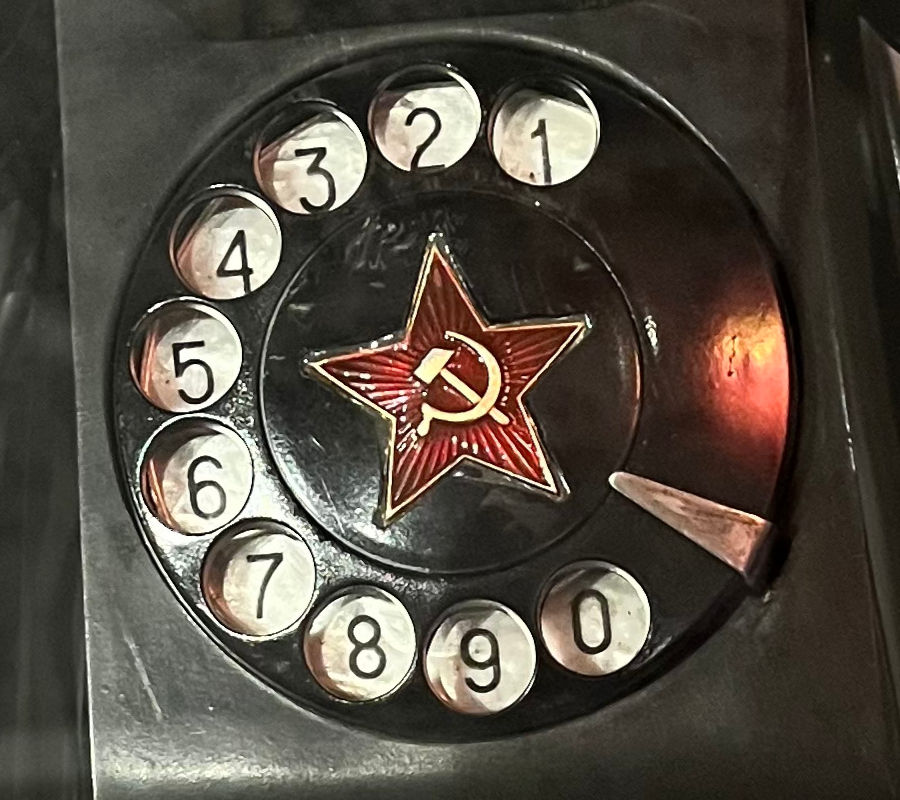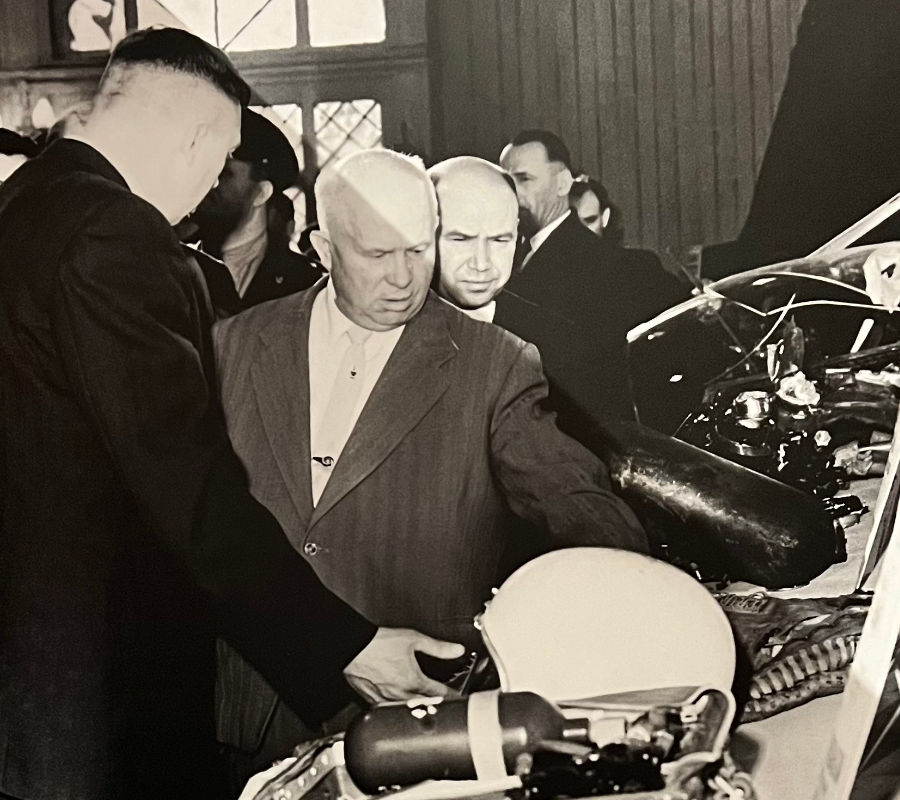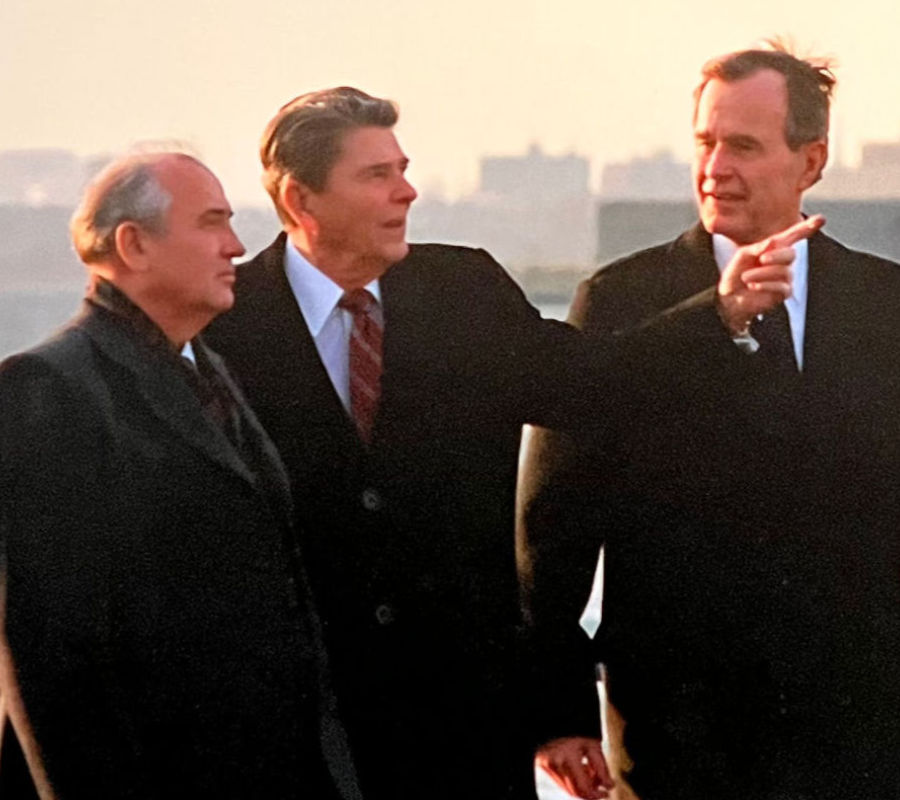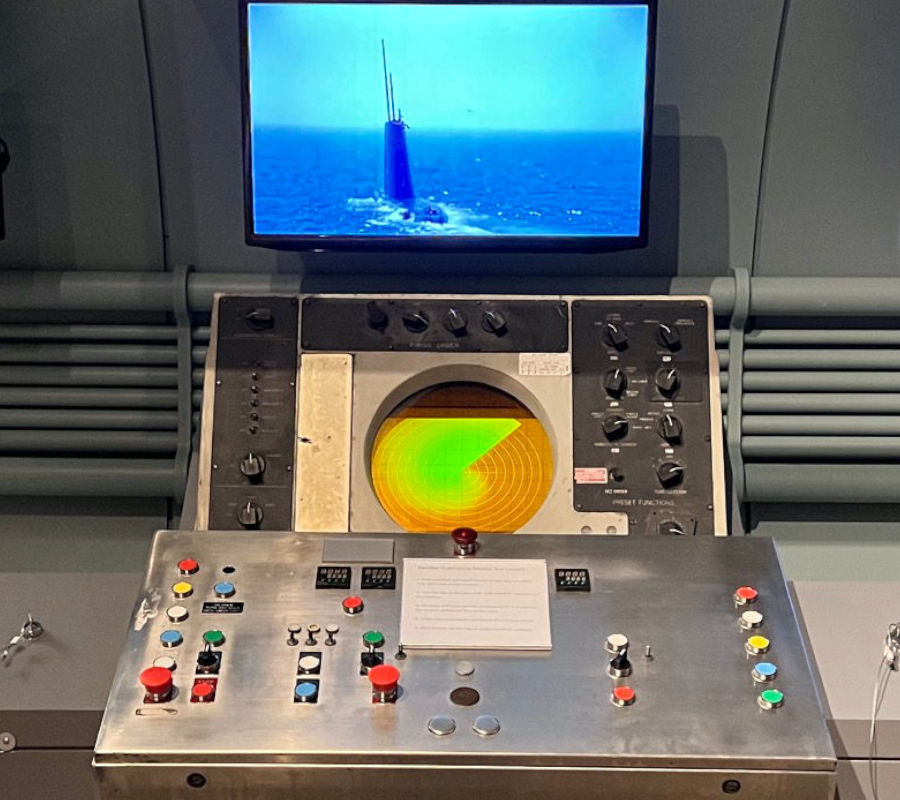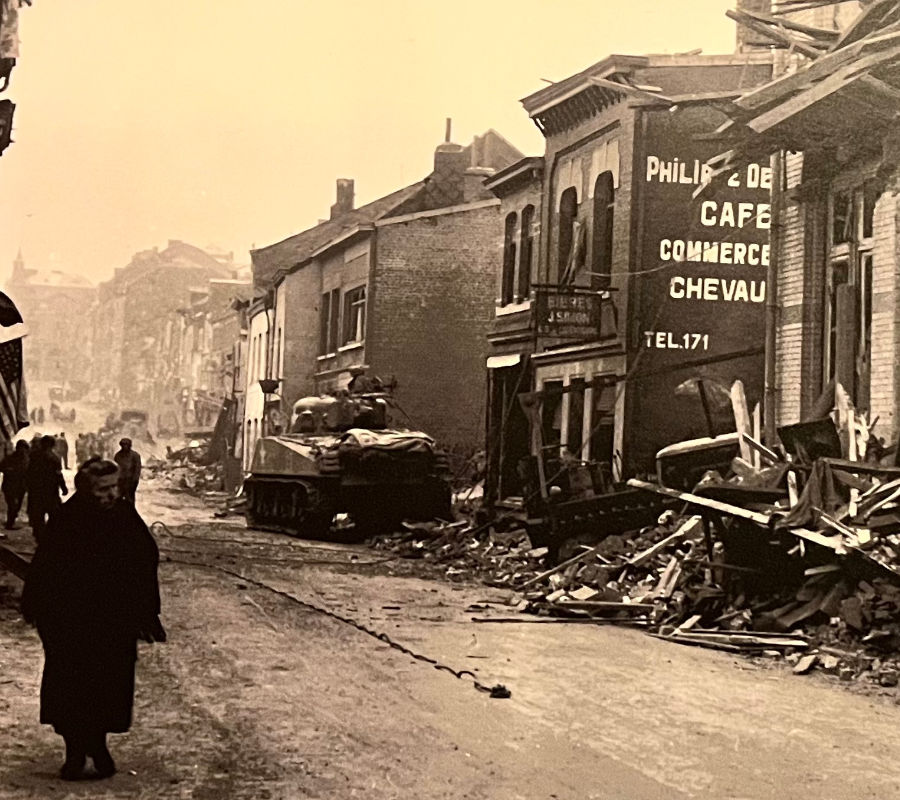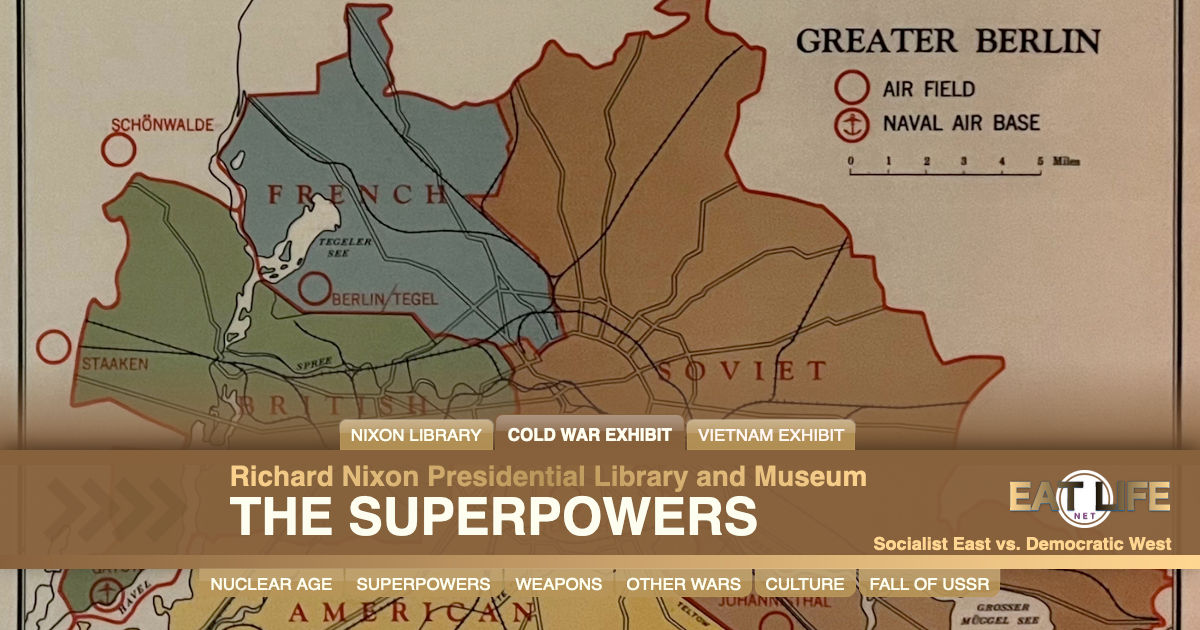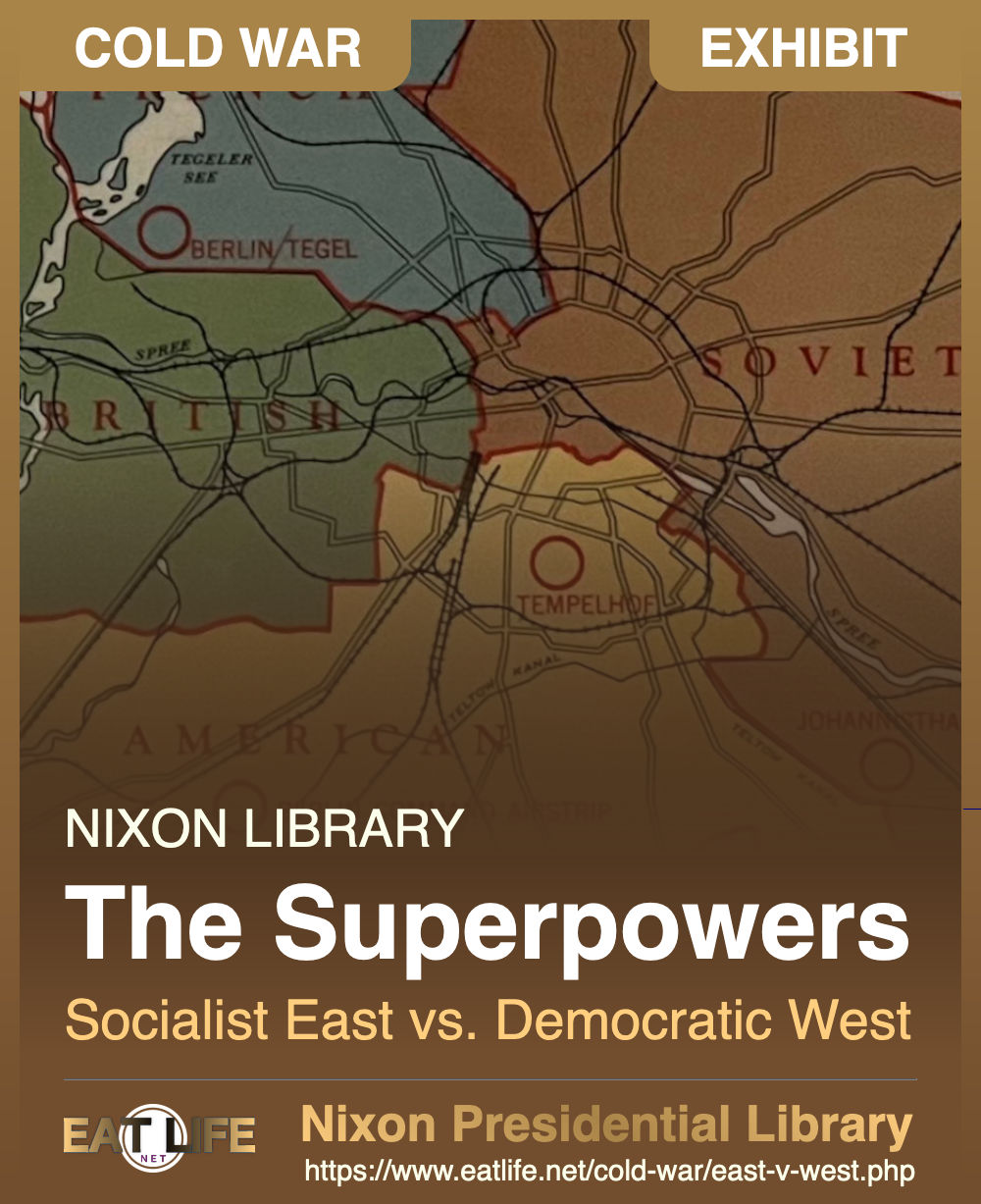A Clash of Ideologies
The United States and the Soviet Union were born in the crucible of revolution:
- The United States in a revolt against the British crown
- The Soviet Union in a revolution against the Russian czar.
Although each nation was established by throwing off a centuries-old monarchy, the path each took could not have been more different.
Influenced by European Enlightenment, which advanced ideas about democracy and free markets, the founders of the United States established a constitutional republic which:
- Limited the power of the national government.
- Imposed no restrictions on a free press, free speech, freedom of religion, and other individual liberties.
- Adopted a free market economy.
- Protected private and intellectual property rights.
As followers of Karl Marx and Fredrick Engels, authors of The Communist Manifesto, the founders of the Soviet Union established an authoritarian socialist state which:
- Centralized power in the national government over the political, economic, and social aspects of its citizens.
- Restricted freedom of the press, freedom of religion, free speech, and other individual liberties.
- Instituted government control over the economy.
- Abolished most private ownership and declared it national property.
Liberty, when it begins to take root, is a plant of rapid growth.- George Washington
It is true that liberty is precious; so precious that it must be carefully rationed.- Vladimir Lenin
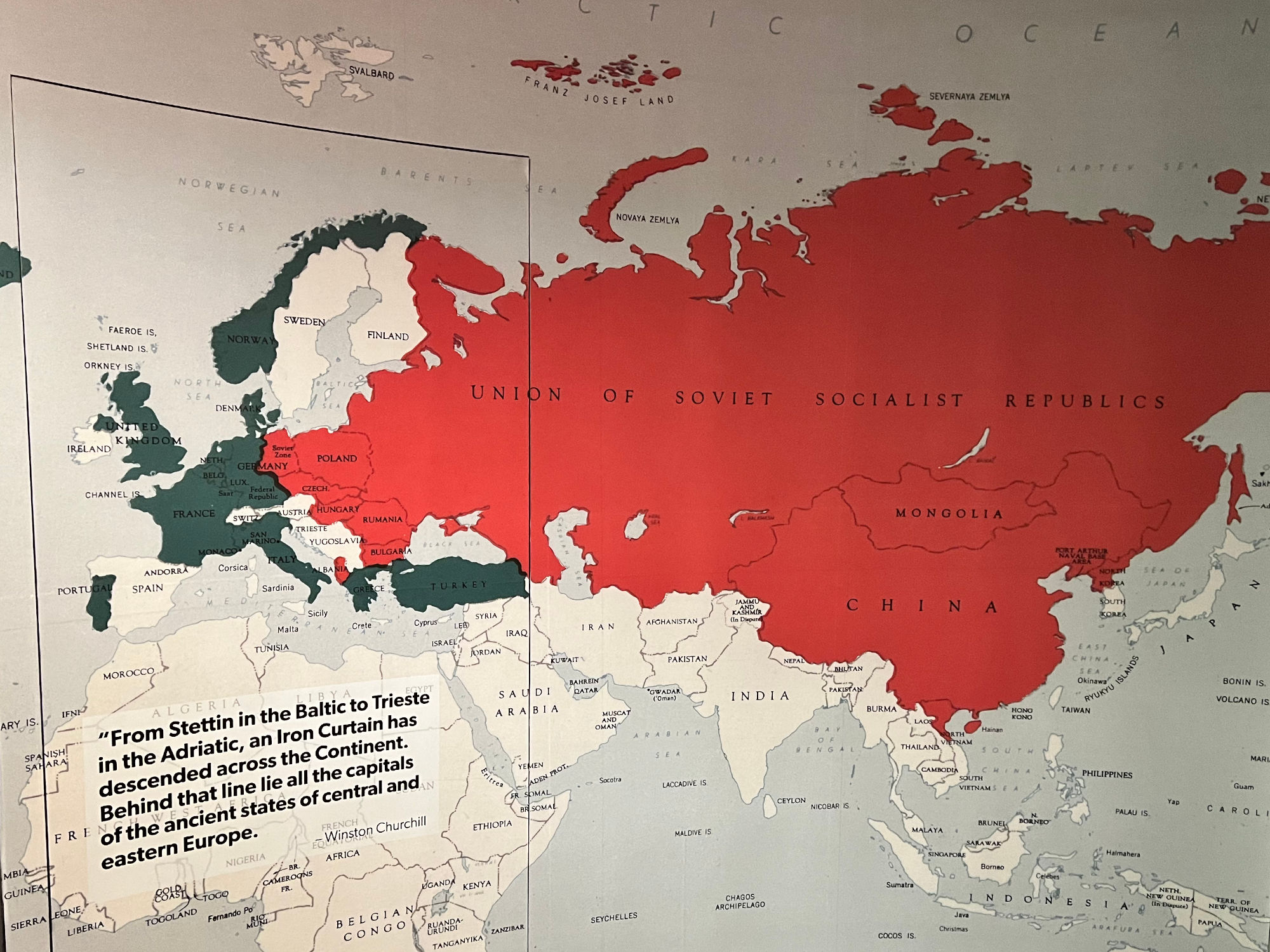
From Stettin in the Baltic to Trieste in the Adriatic, an Iron Curtain has descended across the Continent. Behind that line lie all the capitals of the ancient states of central and eastern Europe.- Winston Churchill
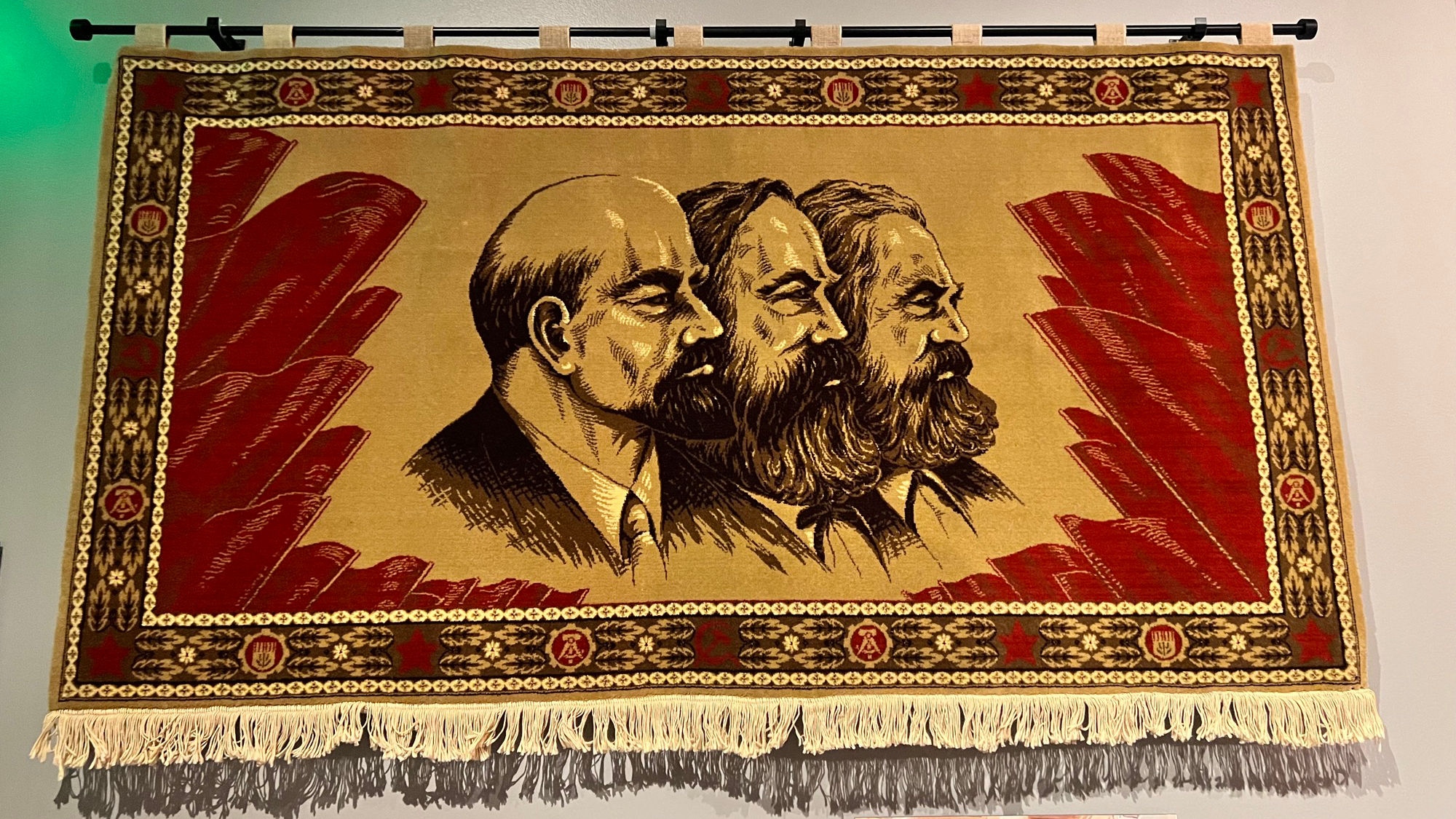
Marx-Engles-Lenin Tapestry
Deutsche Demokratische Republik (DDR)
- This type of tapestry was manufactured by Turkish rug weavers for the German Democratic Republic. Customarily these tapestries were presented to high ranking leaders, and may have hung in government buildings.
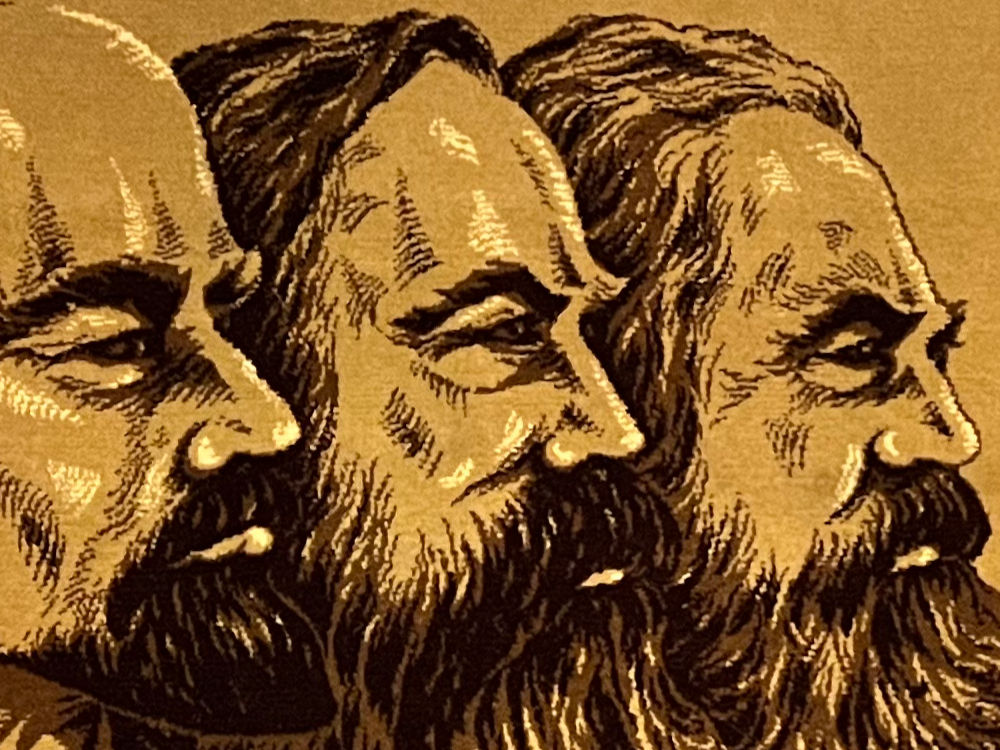
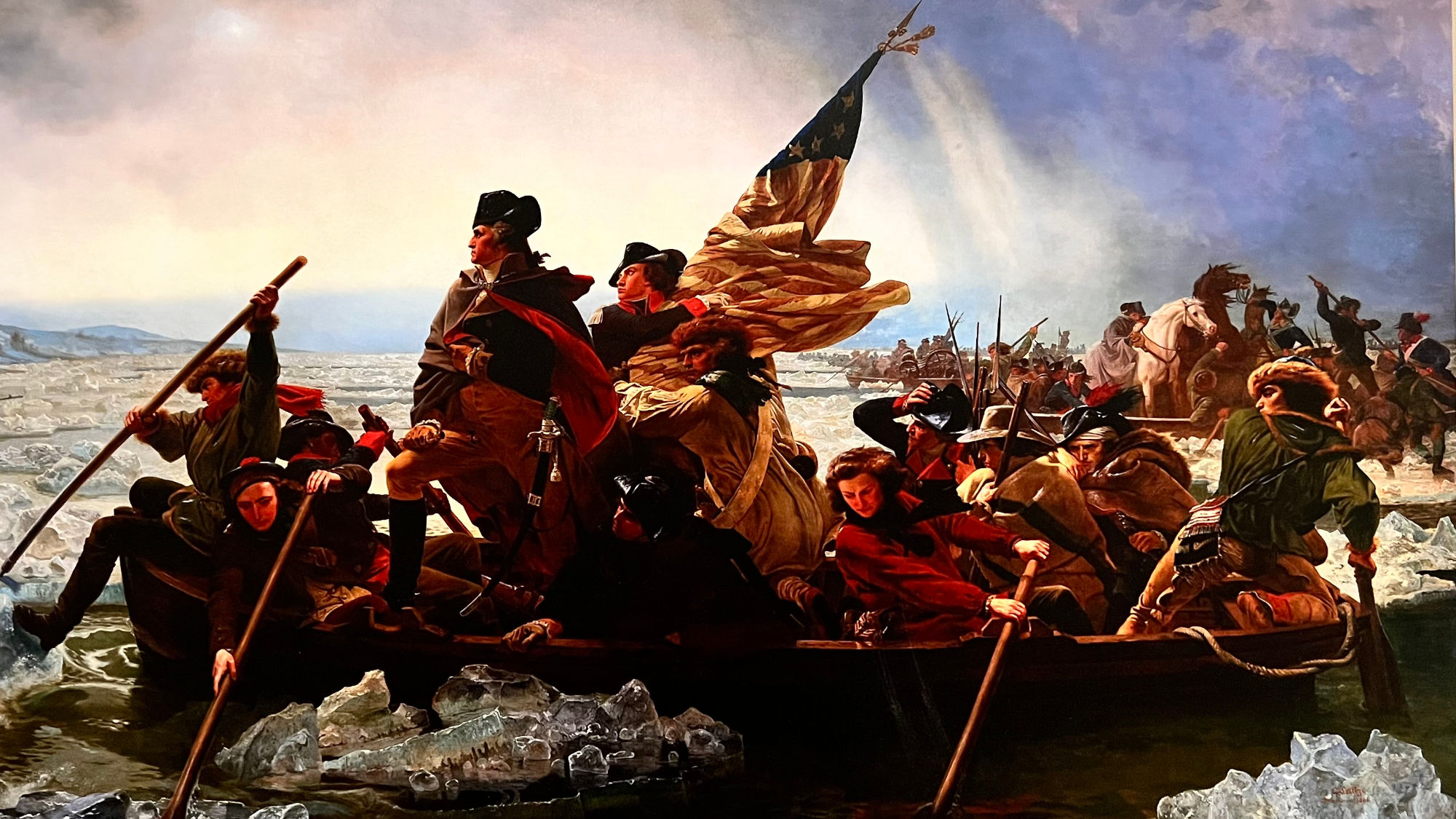
Delaware River
- Completed by German-American artist Emanuel Leutze in 1851, General George Washington's crossing of the Delaware River has endured as one of the most powerful symbols of heroism during the Revolutionary War.
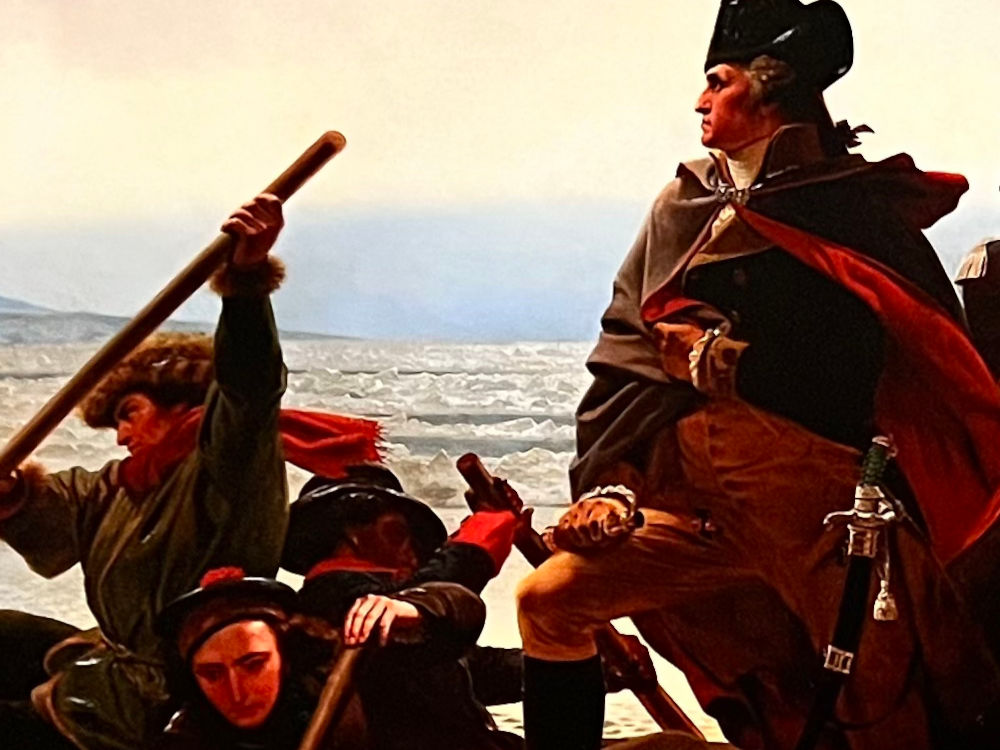
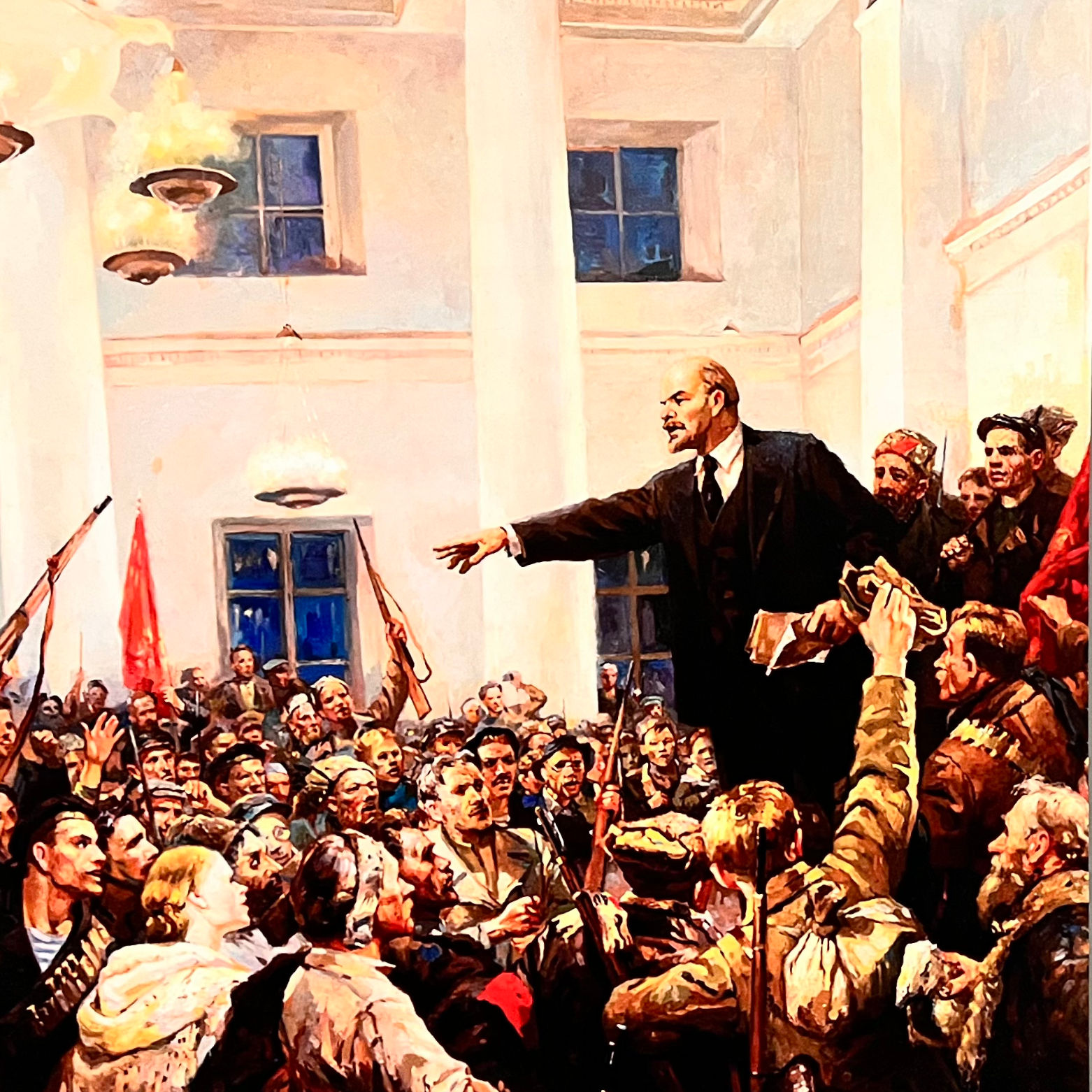
Vladimir Serov
- Vladimir Lenin proclaims to the people in 1917 that the rule of the czars was over and the Bolsheviks had seized power of the Russian state.
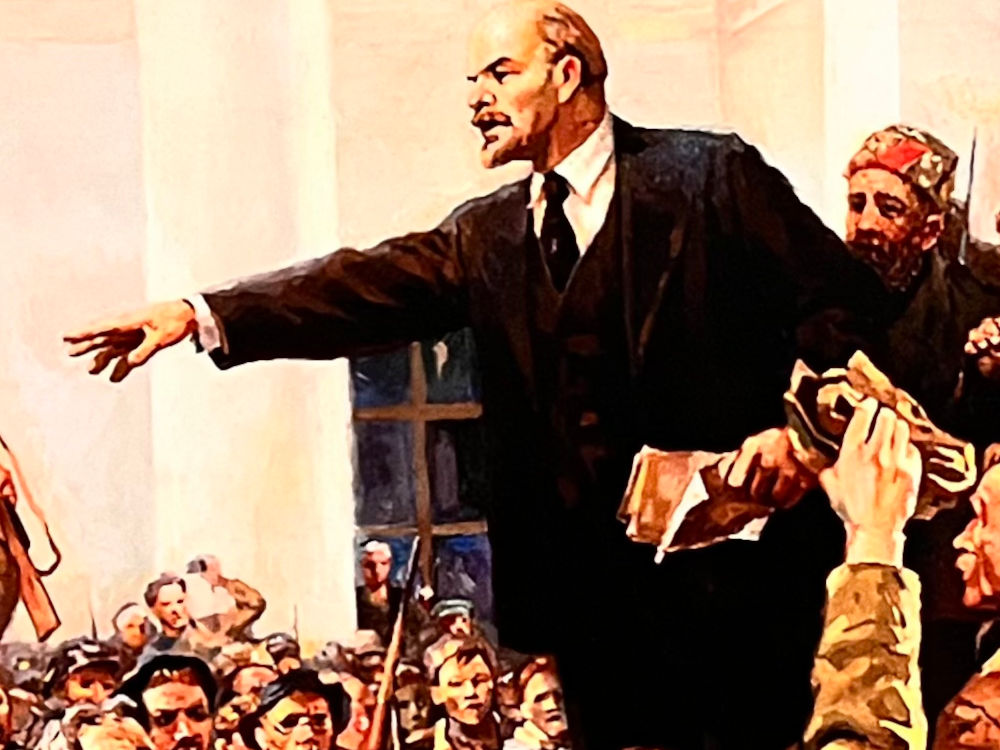
The presence in East Germany of a divided Berlin — half free, half communist — stuck like a bone in the throat of the Soviet Union.
East Berliners watched the freedom and growing prosperity of their neighbors in West Berlin. The Soviets viewed this as a grave threat to their control of East Berlin and all East Germany.
On June 24, 1948, the Soviets aggressively moved to end the threat that a free zone posed to their control. They closed the main highway from West Germany to Berlin and stopped all motor vehicle traffic from the west to the city. They also blockaded the waterways and railroads that linked Berlin to the west.
Their goal: to drive the United States, Great Britain, and France out of the divided city by starving the two million residents of West Berlin, whose food supply on hand would last only about a month.
President Truman immediately made clear that the United States would not be driven from West Berlin. "We stay in Berlin — period," he declared.
Just two days after the blockade, the United States launched "Operation Vittles." American cargo planes began delivering tons of food, fuel, and other provisions to West Berlin. By the time the airlift ended, about 2.3 million tons of provisions had been delivered by air to West Berlin.
Frustrated by the success of the airlift, the Soviets lifted the blockade on May 12, 1949. West Berlin would remain free.
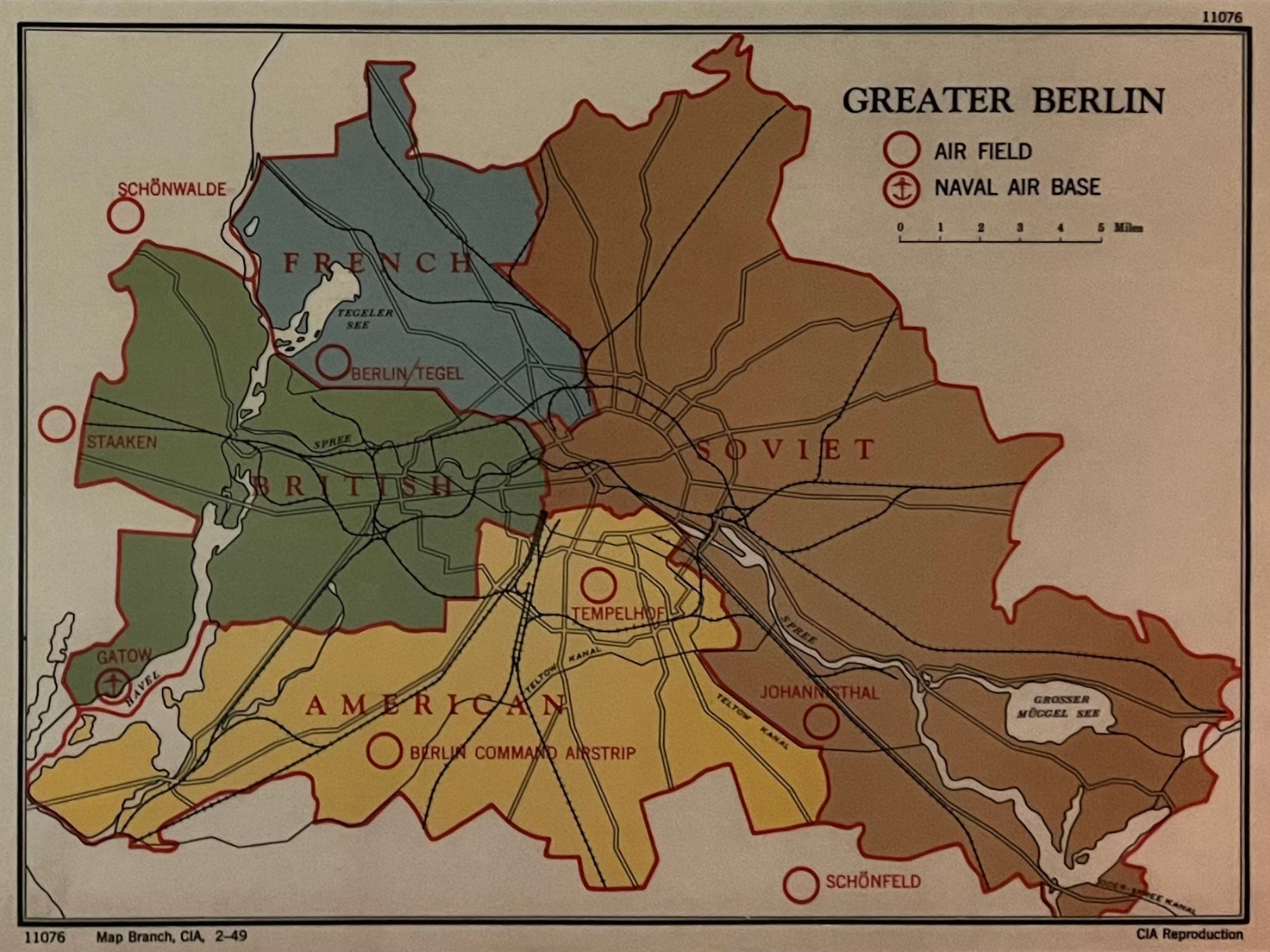
Berlin
A City Divided Against Itself
On May 8, 1945, millions of people in cities and towns across North America and Europe poured into the streets to celebrate V-E Day — Victory in Europe.
After six long years of war, Nazi Germany was finally defeated.
With the war over, the victorious allies - the United States, Great Britain, France, and the Soviet Union - prepared to implement decisions they made previously about the fate of post-war Germany.
The Allies were united in their determination to prevent Germany from rising from the ashes of defeat to wage yet another war in Europe. That unity, however, included division - the splitting of Germany into two new nations, a free West Germany and a communist East Germany.
But there was one exception. Berlin, Germany's capital, was located deep in East Germany. The allies were not willing to let the Communist government control Germany's most important city. The four allies divided Berlin into four sectors, each nation controlling one sector.
From the time Berlin was divided, East Germans, suffering under communist control, sought freedom and opportunity by fleeing to West Berlin and West Germany. By 1961, upwards of 1,000 people a day were defecting from East Germany to West Berlin.
To prevent any further losses, the Soviets erected a heavily guarded wall. For 28 years, the Berlin Wall stood as a powerful and tragic reminder how far the communists would go to keep people from living in freedom.
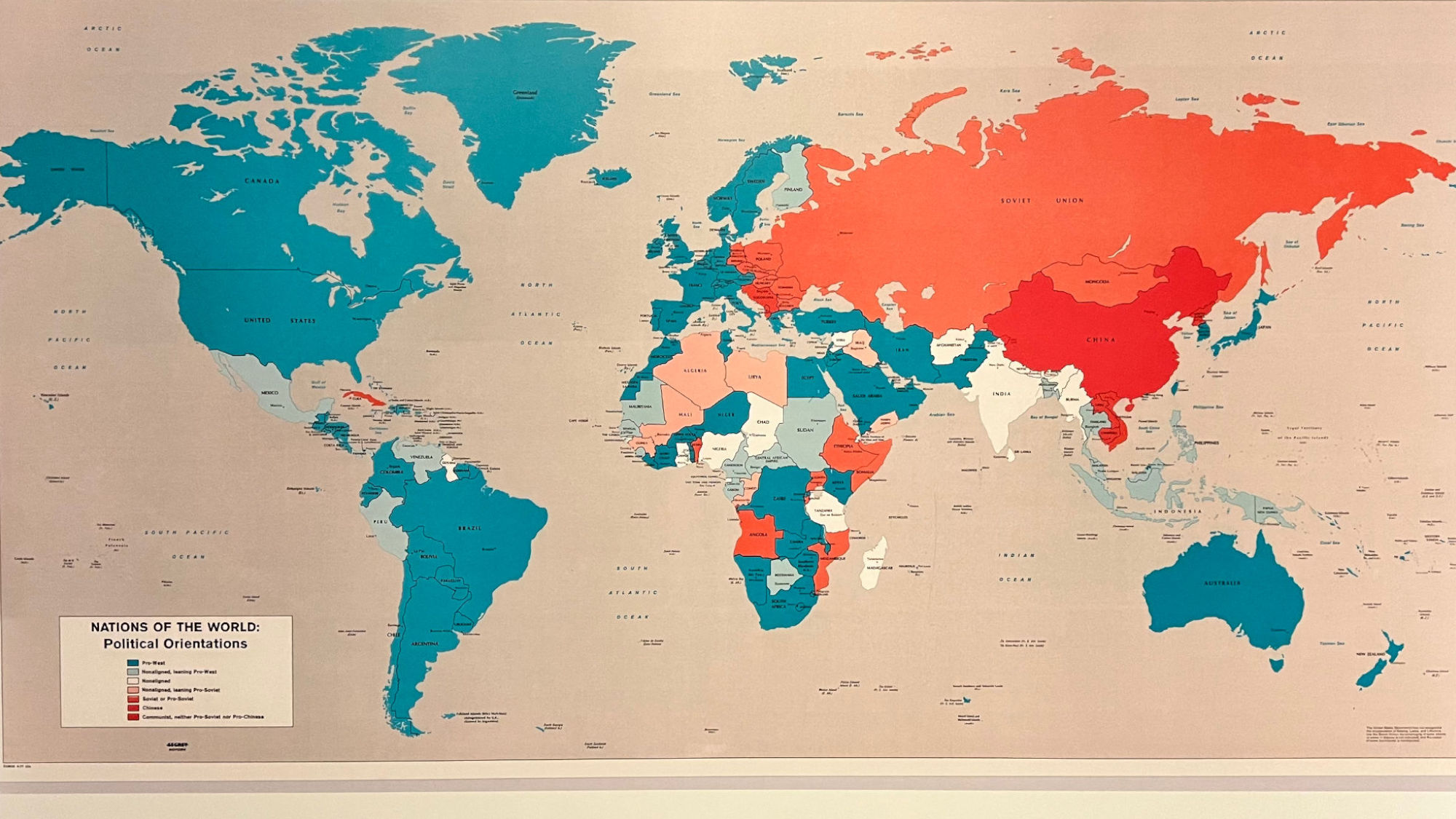
Global Battlefields
First, Second, and Third Worlds
- This map, developed by the CIA, was once classified as SECRET. It illustrates the global stage on which the Cold War's ideological competition played out.
During the Cold War, both the United States and the Soviet Union roughly lumped the nations of the world into three categories: first, second, and third world. The ideological battleground during the Cold War largely concentrated on the countries of the second and third world, now called "developing countries."
The Soviet Union sought to expand its influence - and spread communism - to these nations. The United States resisted these efforts by offering economic, political, and, in some cases, military aid.
To counter Soviet expansionism, President Truman developed what became known as the Truman Doctrine.
As described by the United States Department of State: The Truman Doctrine established that the United States would provide political, military, and economic assistance to all democratic nations under threat from external or internal authoritarian forces.
Also known as "containment," this principle guided American foreign policy through the end of the Cold War, sometimes effectively, other times at a terrible cost, but always living under the threat of nuclear annihilation.
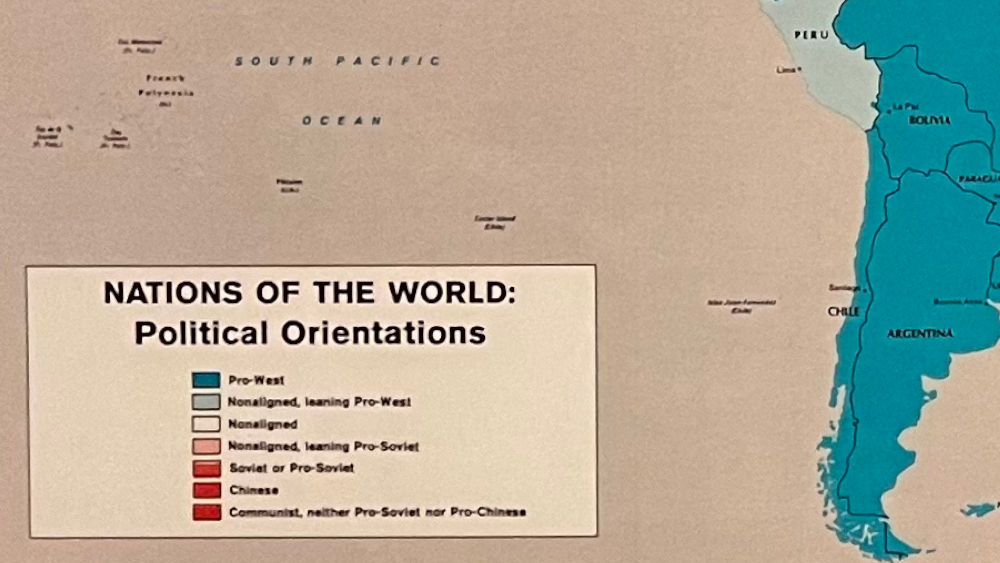
The main element of any United States policy toward the Soviet Union must be that of a long-term, patient but firm and vigilant containment of Russian expansive tendencies.- George Kennan, State Department Soviet analyst, July 1, 1947


